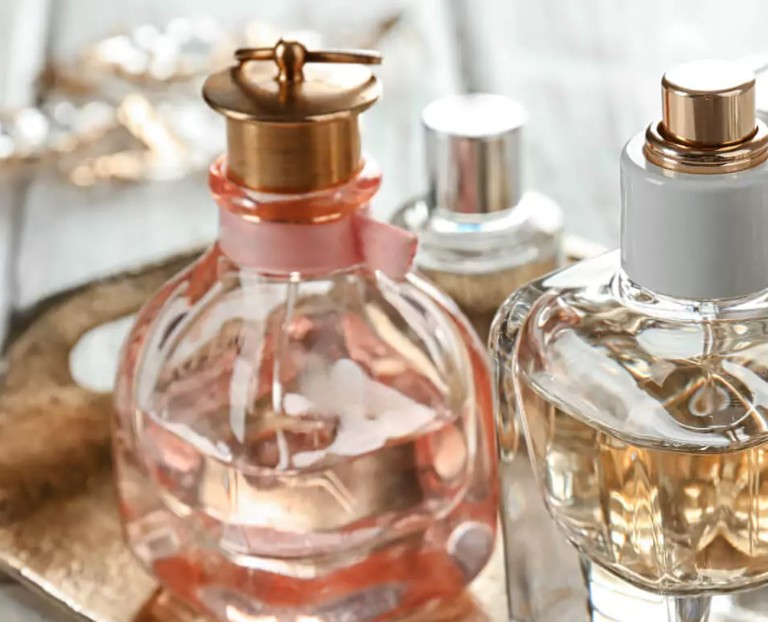Perfumes have always held a luxury women’s perfume gift sets magical allure, captivating the senses and stirring emotions with just a single spritz. From the ancient rituals of Egyptian pharaohs to the modern-day luxury fragrance industry, perfumes have journeyed through history as a symbol of elegance, identity, and sensory pleasure. This invisible accessory transcends cultural and geographical boundaries, leaving behind a trail of memory and emotion that lingers long after it is worn.
A Fragrant History
The use of perfume dates back thousands of years. In ancient Egypt, fragrances were considered sacred, used in religious ceremonies, embalming, and daily life. Oils and resins were extracted from flowers and trees to create powerful scents that were believed to connect humans with the divine. The word “perfume” itself comes from the Latin per fumum, meaning “through smoke,” referring to the early use of incense in spiritual practices.
As civilizations expanded, the art of perfumery spread to Persia, Greece, and Rome. During the Islamic Golden Age, Arab chemists developed sophisticated distillation techniques, making perfume creation more refined. By the Renaissance, perfumery had taken root in Europe, especially in France, which eventually became the global center for fragrance production.
The Science Behind the Scent
Perfumes are crafted using a mixture of essential oils, aroma compounds, fixatives, and solvents. Each fragrance is built in layers, often described as notes:
- Top Notes: These are the initial scents that you smell when you first apply the perfume. Light and refreshing, they form the first impression and usually fade within 15-30 minutes. Common top notes include citrus, berries, and herbs.
- Middle Notes (Heart Notes): These emerge as the top notes dissipate, forming the core of the fragrance. They often include floral, fruity, or spicy aromas and last for a few hours.
- Base Notes: These are the deep, rich scents that appear once the top and middle notes have evaporated. They anchor the perfume and can last for hours or even days. Ingredients like musk, amber, vanilla, and sandalwood are commonly used.
The unique combination of these notes creates a fragrance’s identity, often tailored to evoke specific moods or personality traits.
The Art of Choosing a Perfume
Selecting the right perfume is a deeply personal experience. A fragrance can enhance your presence, influence mood, and leave a lasting impression. Here are a few tips to help find your perfect scent:
- Understand the Fragrance Families: Perfumes are classified into categories like floral, oriental, woody, and fresh. Knowing which family suits your taste can guide your choices.
- Test Before Buying: Spray the perfume on your skin and allow it to settle. The scent will evolve over time due to body chemistry, which can significantly influence how a fragrance smells on different people.
- Consider the Occasion: Light, fresh scents are great for daytime or office wear, while deeper, more intense fragrances suit evening events or colder seasons.
Perfumes and Emotions
Scents have a powerful connection to memory and emotion. A whiff of a certain perfume can instantly transport you back to a moment in time—a first date, a special event, or a loved one’s embrace. This link is due to the olfactory bulb’s direct connection to the limbic system, the part of the brain that processes emotions and memories.
That’s why perfume is often used to express individuality, seduction, or even nostalgia. It’s more than just a smell—it’s a story, a mood, a silent expression of self.
The Luxury of Perfume
Today, perfume is a multibillion-dollar industry, with designer labels, celebrity endorsements, and niche artisan brands competing in a saturated market. High-end perfumes often feature rare ingredients and are packaged in exquisite bottles, elevating them to the status of luxury collectibles. Yet, with the rise of affordable options and sample sizes, luxury fragrance has become more accessible to everyone.
Sustainable and Natural Trends
As awareness of environmental issues grows, the perfume industry is adapting. More brands are embracing natural ingredients, eco-friendly packaging, and cruelty-free production. Consumers are also seeking transparency, wanting to know what goes into their fragrances and how it affects the planet.
Conclusion
Perfumes are more than just scented liquids; they are a blend of history, science, art, and emotion. Whether used to boost confidence, attract attention, or simply feel good, perfumes play a timeless role in human culture. As we continue to explore new combinations and technologies, the world of fragrances promises to remain as enchanting and evocative as ever.
In the end, a perfume is not just what you wear—it’s how you feel, how you’re remembered, and how you choose to be known in a world that often speaks louder with scent than words.
